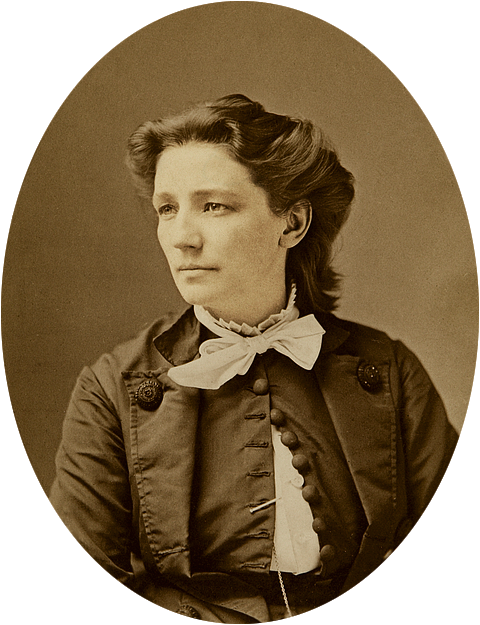Not
so much in the past
 |
| Victoria Woodhull was the first woman to run for President. She did it in 1872 running under the banner of the Equal Rights Party with Frederick Douglass nominated as her VP. She lost to President Ulysses S. Grant. |
In the past several election
cycles, there’s been a token woman in the running in both major parties. In
2000, Senator Elizabeth Dole ran as a Republican. In 2004, Senator Carol
Moseley-Braun ran as a Democrat. Neither was considered a serious candidate
with an actual shot at the presidency.
In 2008, Hillary Clinton
mounted a serious bid for president but was defeated by Obama in the primaries.
That year, John McCain added Sarah Palin to his ticket as his running mate. In
2012, Representative Michele Bachmann ran in the Republican primary.
In 2016, Carly Fiorina ran as a
Republican, and Hillary Clinton actually won the popular vote as a Democrat,
but lost the electoral college.
In each election cycle, women
have gotten increasingly closer to the Oval Office. And it appears there’s been
an unspoken quota of one woman per party per election cycle.
This time, that’s changed.
On the Democratic side, Senators Elizabeth Warren, Kirsten Gillibrand, Kamala Harris, Amy Klobuchar, and Representative Tulsi Gabbard have all officially declared as candidates for president. (So have a number of men, of course.)
My excitement at this stage
isn’t over any one specific candidate; it’s simply over the fact that there are
five women running. Women are no longer merely tokens. Running for president is
now a normal thing that women do. It’s even a normal thing that women of color
do, since the field of candidates isn’t limited to white women.
Gender isn’t a qualification
for serving as president, of course. I still hope the best candidate wins,
regardless of gender.
The problem is that, in the
past, gender was a qualification for serving as president.
Power, authority, and expertise were seen as traits of men. Women were seen as
better suited to making dinner than making foreign policy. If you wanted to be
president, you had to be a man.
Our nation was founded with
overtly patriarchal norms and laws. Married women couldn’t own property. Women
couldn’t vote until well into the 20th century. Until the 1990s, in some states
it was still legal for men to rape their wives.
We’ve been working our way
toward gender equality since the Seneca Falls convention in 1848. We’re not
fully there yet. But a field of candidates that includes five women shows we’re
headed in the right direction.
OtherWords columnist Jill
Richardson is pursuing a PhD in sociology at the University of
Wisconsin-Madison. She lives in San Diego. Distributed by OtherWords.org.